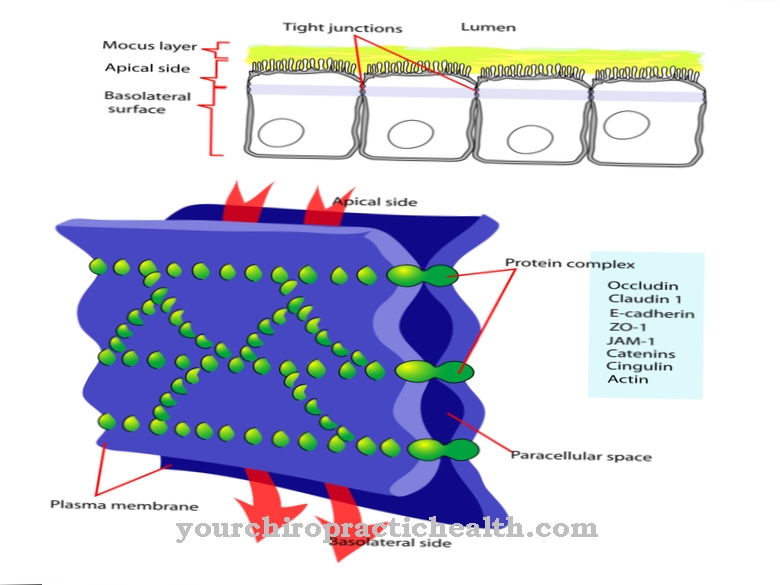The Marfan's Syndrome is an inherited disease of the connective tissue. If unrecognized, Marfan's syndrome can suddenly lead to death and the number of undiagnosed cases is still considered to be high. The genetic disease is considered incurable, the therapy options are also very limited and always aim to improve the quality of life of those affected.
What is Marfan Syndrome

© designua - stock.adobe.com
The Marfan's Syndrome is genetically determined and, statistically speaking, occurs worldwide in around 1 to 2 people out of a collective of 10,000 people. There are no geographic or gender-related differences, as studies have clearly shown. It is a so-called autosomal dominant inheritance, so the probability that a sick person inherits the disease is 50 percent.
However, Marfan syndrome also occurs as a spontaneous mutation, so neither of the parents is affected. It is considered certain that a mutation in the gene for fibrillin is the cause of the disease. Fibrillin can be found practically everywhere in the body and is an important structural factor in the elastic fibers of the connective tissue. If this basic structure is missing, the effects on the supporting function of the connective tissue are drastic, which is noticeable in disorders of all organs and organ systems. The disease is named after the French Antoine Marfan, a pediatrician.
causes
The genetic causes of Marfan syndrome lie in certain gene segments. Estimates assume that around 8,000 people are affected in Germany alone; due to the large number of undiagnosed or incorrectly diagnosed cases, the number of unreported cases is likely to be high. The cause of the development of the Marfan syndrome as a phenotype is a chromosome aberration and mutation in the so-called FBN1 gene, which is located on the long arm of the 15th chromosome.
So far, more than 500 possible mutation types are known, all of which can lead to the phenotype of Marfan syndrome, i.e. the clinical picture of the disease. The FBN1 gene is responsible for the decoding of the microprotein fibrillin, which in turn is an essential component in the microfibrils of the extracellular matrix. The term extracellular matrix refers to all types of connective tissue. 75 percent of the cases of Marfan syndrome are familial, the rest can be traced back to spontaneous mutations.
Symptoms, ailments & signs
The multiple symptoms of the disease affect every organ and organ system and are therefore very complex. Changes in connective tissue most commonly affect the musculoskeletal system, cardiovascular system and eyes. What is striking is the slim, long body with noticeably elongated extremities and fingers, the so-called arachnodactyly.
All large and small joints are often easily overstretched due to the faulty function of the connective tissue. The spine of those affected is deformed and takes on the shape of a hunched back or an oblique position, scoliosis. The elbow joint typically exhibits reduced extensibility due to the shortening of the muscles. The heart valves consist largely of connective tissue and are not properly developed in Marfan's syndrome.
Patients therefore often also suffer from the consequences of an aortic insufficiency or a vascular sac of the aorta, aortic aneurysm. Due to the lack of fixation ability of the connective tissue in the area of the eyes, those affected suffer from ametropia, most often from nearsightedness, myopia. This is because the lens of the eye cannot assume its physiological position due to the lack of connective tissue fibers.
Other common symptoms of Marfan's syndrome are completely underdeveloped muscles, skin stretch marks and the tendency to develop what is known as spontaneous pneumothorax. The visual diagnosis is only an inadequate diagnostic criterion, because the degree of expression of the Marfan phenotype can appear extremely discreet.
Diagnosis & course of disease
The suspected diagnosis results from the clinical appearance, but must always be confirmed by additional examinations. The final diagnosis is made according to the so-called guidelines of gentnosology, a catalog of diagnostic criteria that, in addition to the physical examination, also attaches great importance to genetic diagnostics.
In addition, gentnosology should ensure that Marfan's syndrome is differentiated from other similar, genetic diseases. In order to adhere to all diagnostic criteria, it is recommended to visit a clinic with experience in the field of Marfan syndrome in the case of a suspected diagnosis; as a rule, an inpatient stay of several days is necessary there to confirm the diagnosis and differential diagnosis.
Complications
Marfan's syndrome usually results in various restrictions and complaints that affect every organ. First and foremost, the syndrome has a very negative effect on the circulatory system, so it can also lead to heart problems. The eyesight of the affected person is also significantly reduced by the Marfan syndrome and the patient can become completely blind.
If you do not sail, you will also experience paralysis and other disorders of sensitivity. Those affected often look clumsy due to Marfan syndrome and are restricted in their everyday life. It can also lead to various psychological complaints and moods. Young people in particular can suffer from severe psychological complaints due to blindness.
As a rule, no causal treatment for Marfan's syndrome is possible. The treatment is therefore always symptomatic and aims to limit the symptoms. As a rule, it cannot be universally predicted whether this will lead to a positive course of the disease. In most cases, however, the eyesight cannot be restored, so that those affected depend on visual aids in their everyday life.
When should you go to the doctor?
In the case of noticeable and unnatural age-related changes in the connective tissue, a doctor should be consulted to clarify the symptoms. If there are peculiarities of the skin, irregularities in the shape and color of the skin or disorders of the musculoskeletal system, there is cause for concern. Restrictions in mobility, problems with vision or the cardiovascular system should be examined and treated. Reduced eyesight is cause for concern. Marfan's syndrome is characterized by myopia and irregular heartbeat. A visit to a doctor is advisable in the event of rapid exhaustion when performing physical activities or if you are exhausted. Sleep disturbances, inner restlessness or psychological irregularities due to the symptoms should be discussed with a doctor.
People with a particularly elongated physique should consult a doctor. If the extremities are unusually long in proportion to the body, this is a sign of a disease that should be diagnosed. Overstretchability of the joints and deformation of various parts of the body are considered worrying and should be checked by a doctor. Disorders of the muscular system, the inability to fully extend a joint and problems with performing everyday duties should be assessed by a doctor. If unexplained skin stretch marks appear or if air accumulates in the upper body, a doctor is required.
Treatment & Therapy
A causal, i.e. cause-related therapy of Marfan syndrome is not known, all forms of treatment are therefore symptomatic and aim to improve the quality of life of those affected. Interdisciplinary care is crucial for the success of the therapy, as all organ systems can always be more or less affected by the health restrictions.
Cardiologists, ophthalmologists, orthopedists and physiotherapists are of particular importance in the professional care of patients with Marfan syndrome. The aortic changes must be closely monitored, because from a certain degree of severity there is an indication for surgery or heart valve replacement.
With adequate medical care, not only an acceptable quality of life but also an almost normal life expectancy can be ensured. In the event of sudden changes in vision, an ophthalmologist should be consulted immediately. Lens removal or the provision of wide-angle special glasses are not uncommon for Marfan patients.
Outlook & forecast
The prognosis for Marfan's syndrome is poor. Despite all efforts, the hereditary disease cannot be cured. A causal therapy is not possible because an intervention in human genetics is not permitted for legal reasons. Doctors and health professionals focus on symptomatic treatment. Nevertheless, the therapeutic options that can be used are not sufficient to achieve complete freedom from symptoms.
If the disease progresses unfavorably, the affected person may die prematurely. It is therefore crucial for further development when the diagnosis is made. In addition to the increased risk of developing a mental illness, the syndrome often leads to complaints of the cardiovascular system. In difficult conditions, these can develop into a heart attack and thus into a life-threatening condition. In addition, patients with Marfan's syndrome can go completely blind. Thus the quality of life of the person affected is enormously impaired for life.
If the therapy is started early, improvements and thus a more optimistic prognosis can be achieved. Although no symptoms are achieved, secondary diseases of the cardiovascular system in particular can be prevented. In addition, positive changes in vision can be achieved with an early diagnosis. The sooner therapy is started, the higher the probability that an average life expectancy will be achieved.
prevention
Unfortunately, direct prevention is still not possible due to the inheritance. Genetic diagnostics are still not practicable due to the large number of different mutations in a single gene. A diagnosis as early as possible, already in infancy with the help of genetic analysis of the blood, is decisive for the containment of the chronic course of the disease.
With this early knowledge, those affected can do a lot themselves to positively influence the course of the disease. This ranges from the right choice of profession to applications to determine a reduction in earning capacity to attending lectures or self-help groups.
Aftercare
Because the treatment of Marfan syndrome is relatively complex and lengthy, follow-up care focuses on relieving the symptoms. Those affected should try to build a positive attitude despite the exertion. Relaxation exercises and meditation can help calm and focus the mind. This is a fundamental prerequisite for long-term good management of the disease.
In most cases, Marfan syndrome is associated with various complaints and complications, which usually have a very negative effect on the quality of life of the person affected and continue to reduce it. The disease cannot be completely cured either, so that the patient is always dependent on treatment by a doctor.
Since those affected are often no longer able to cope with their everyday lives on their own and are dependent on the help of other people, this may reduce their self-esteem. Sometimes the Marfan syndrome leads to psychological upset or depression, which is why it can help to clarify this with a psychologist. An accompanying therapy can help to bring the mental balance out of the imbalance and to strengthen the well-being.
You can do that yourself
In the case of Marfan syndrome, the most important measure is a regular check-up by a specialist. The condition can cause serious complications if the patient is not closely monitored and symptoms are treated medically. In addition, there are only very limited self-help measures available for the genetic disease.
Above all, it is important that the child is always observed. If you notice any conspicuous symptoms, for example dizziness or a racing heart, you must consult a doctor immediately. Physiotherapeutic treatment can be used to treat the malformations. In addition, those affected should behave cautiously in everyday life to avoid serious injuries and fractures. Parents of children with Marfan syndrome should seek aids such as glasses, crutches or a wheelchair early on. Sometimes the apartment has to be adapted for the disabled in order to make everyday life easier for those affected.
Comprehensive therapeutic advice is indicated, since psychological complaints usually also occur. Those affected learn to accept the disease and its consequences and can deal with the fears that are associated with it. You can also visit a self-help group.

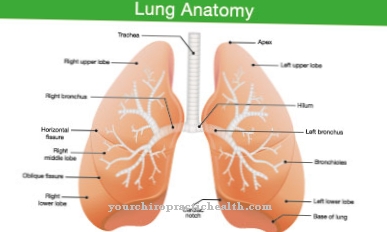

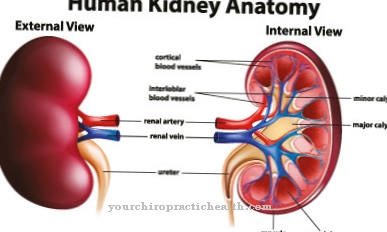
.jpg)
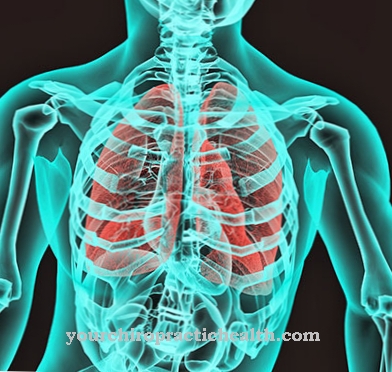
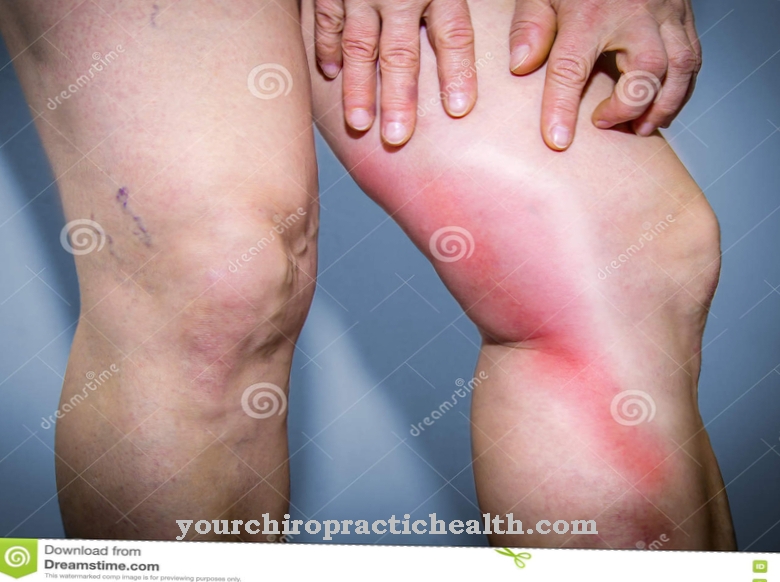

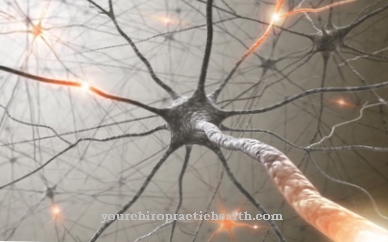
.jpg)

.jpg)

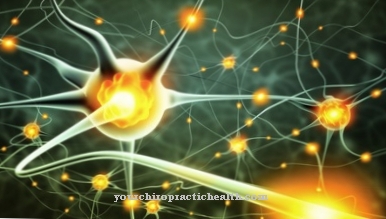
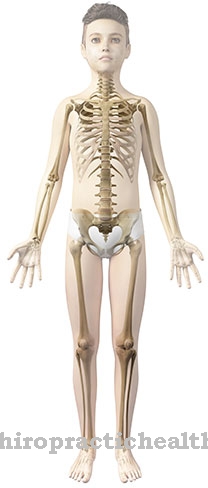


.jpg)





